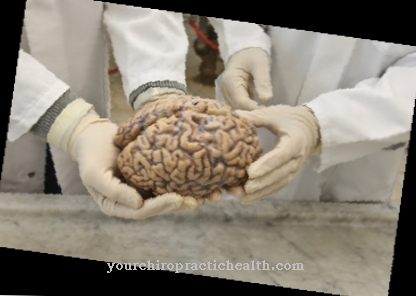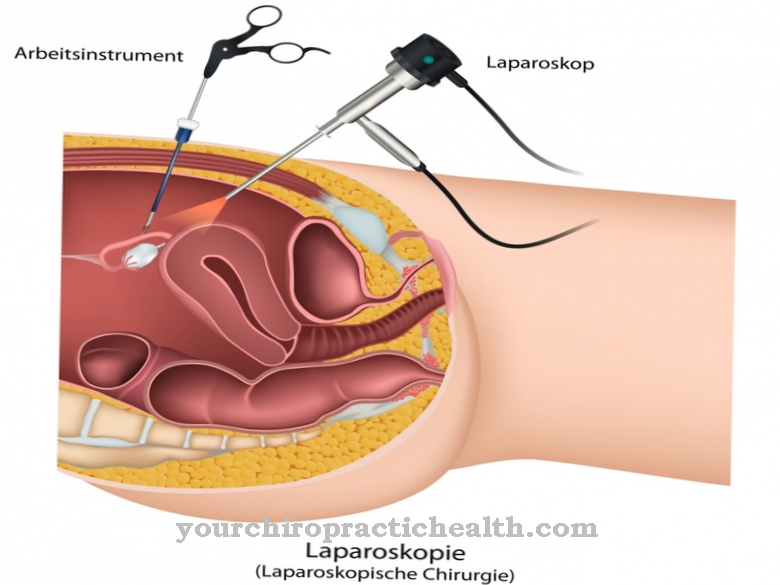A specialty among the artistic therapies in the rehabilitative, clinical-psychological and social-preventive area is Art therapy.
Art is the opposite of the materialistic-technical world. Habits, one-sidedness or clumsiness can be resolved through the creative process. Through methodical-interventional forms of experience and possibilities of expression, it is possible to express inner-psychological states and feelings in the form of a picture, a graphic, a photograph or sculpture and, moreover, to learn more about the patient's inner life, emotions and psyche.
What is Art Therapy?

Art therapy is linked to areas of psychology, education and art studies. It can also branch out into the areas of painting and design therapy, whereby painting alone focuses on painting, while the depth psychological approach plays a role in design therapy, without speaking of art.
Art therapy is relatively young in the field of psychotherapy and is intended to promote the ability of people to grasp and perceive their environment and feelings directly through their senses. The creative expression in the form of fine art enables you to establish contact with your own self as well as with other people.
Treatments & therapies
Inner processes are made visible through art. This is especially helpful with somatic and mental illnesses. The choice of colors and shapes is directly related to one's own view of life and one's own experiences.
The design process is just as important in the therapeutic sense as the finished work. It serves as an illustrative material and as a surface to better grasp actions and ways of thinking, and to develop them further in meaningful changes. It is not uncommon for art therapy to discover new creative sources that promote self-healing powers and stimulate processes of change in the psyche.
Art therapy and art history are closely related. Some artists tried to express their feelings through art and to deal more intensively with reality. Well-known are the picture “The Scream” by Edvard Munch, the war scenes and nightmare pictures by Francisco de Goya or the intense and surreal processing of all pain and depression by the Mexican artist Frida Kahlo.
A continuation of such representations of inner feelings was then also implemented in psychiatric hospitals. The collection "Bildnerei der Mental Ill" by Hans Prinzhorn, who exhibited the works of his patients, which are very characteristic in their forms of expression, is well known. For example, there is a letter underneath, written over pages with the same lettering without any literal meaning.
Intellect, i.e. dealing with the environment and reality, and fantasy, as the representation of the inner process, are the essential aspects of art therapy as a therapeutic treatment. Inner and outer expression of the creative act enable a design process, which in turn allows the viewer the possibility of interpretation and interpretation of all feelings.
Art therapy is intended to promote creativity and support the healing process. This in turn enables an inner confrontation with yourself in order to be able to make new life decisions or to deal more deeply with the meaning of your own life. Art is a confrontation with one's own inner world, in which it is not always clearly visible who and what a person is.
Only through the expression conveyed from the inside to the outside in the form of the design of image or sculpture, photography or graphic is something non-binding established and a dialogue possible. The therapist can also grasp emotional conflicts and become a topic of conversation. The interpretation of the work remains in the background. Rather, it is about the possibility of expression itself. So it is not surprising that in addition to the artistic representation, other arts are also included, e.g. B. dance, music or language.
You can find your medication here
➔ Medicines to calm down and strengthen nervesDiagnosis & examination methods
Of course, there are also psychological test procedures that serve as diagnostics. Such are the Rorschach test, in which the patient is supposed to interpret what he sees using ink blots, the thematic apperception test, where the patient is shown black and white picture panels with everyday scenes that he is supposed to interpret, and the Wartegg character test, in which the patient is confronted with geometrical figures according to precisely defined specifications in which he is to draw his own picture. The specifications can also be used, the choice of the motif is left to the patient.
On the other hand, there are the usual art therapeutic methods for artistic design. These include "measurement painting", whereby creativity is to be stimulated through spontaneous and fast painting and the use of a lot of color, expressive painting in which the focus is not on the result but on the design itself, the accompanying painting, the shape drawing or the dialogical painting in which a common picture is painted.
Art creates a contact between therapist and patient and leads to interaction in individual discussions or in groups. The main focus of the therapy forms a relationship triangle, also known as the art therapy triad. The three levels form the design of the work of art as a form of expression and self-examination, the relationship between patient and therapist and the consideration and interpretation of the resulting work.
Art therapy is based on various practices and disciplines, including z. B. on the teaching of C. G. Jung. It applies interdisciplinary methods and various creative procedures, uses the basics of psychoanalysis, psychology and behavioral therapy, but also epistemological sciences such as systemic therapies or anthroposophy.
Illnesses always have their causes. The deeper examination of the illness situation goes hand in hand with one's own biography. Art therapy processes change the patient's perception and can release a fixation on his illnesses. It is therefore suitable for people with somatic or psychological disorders, but also in times of crisis or in other psychosocial contexts.












.jpg)



.jpg)










.jpg)
